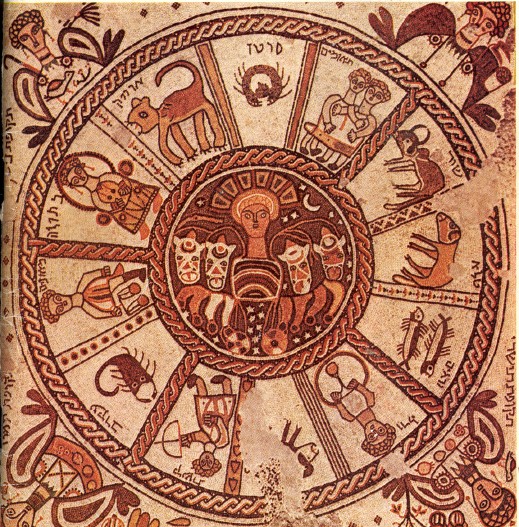 Beginning Biblical Hebrew by John A. Cook; Robert D. Holmstedt
Beginning Biblical Hebrew by John A. Cook; Robert D. HolmstedtThis innovative textbook by two leading experts in Biblical Hebrew combines the best of traditional grammars, new insights into Hebrew linguistics, and a creative pedagogical approach. The material has been field tested and refined for more than a decade by the authors, who are actively engaged in Biblical Hebrew discussions and research. The book includes fifty brief grammar lessons with accompanying workbook-style exercises, appendixes providing more detailed explanations, and a full-color reader--bound at the back of the book for right-to-left reading--that incorporates comics, line drawings, and numerous exercises, all in Hebrew. This work offers a realistic approach to beginning Hebrew, helping students comprehend texts without overloading them with too much information, and it can be adapted to either one-semester or full-year courses. An accompanying website through Baker Academic's Textbook eSources offers helpful resources for students and professors. Resources for students include flash cards and audio files. Resources for professors include sample quizzes, sample exams, sample lesson plans, vocabulary cards, and a full-color printed instructor's manual.
